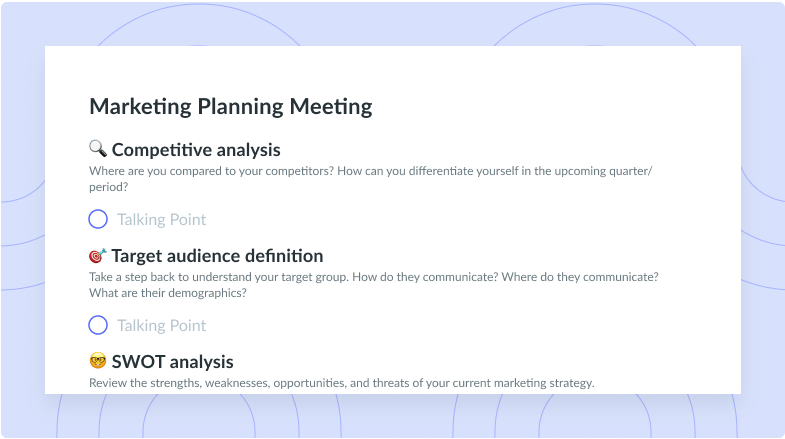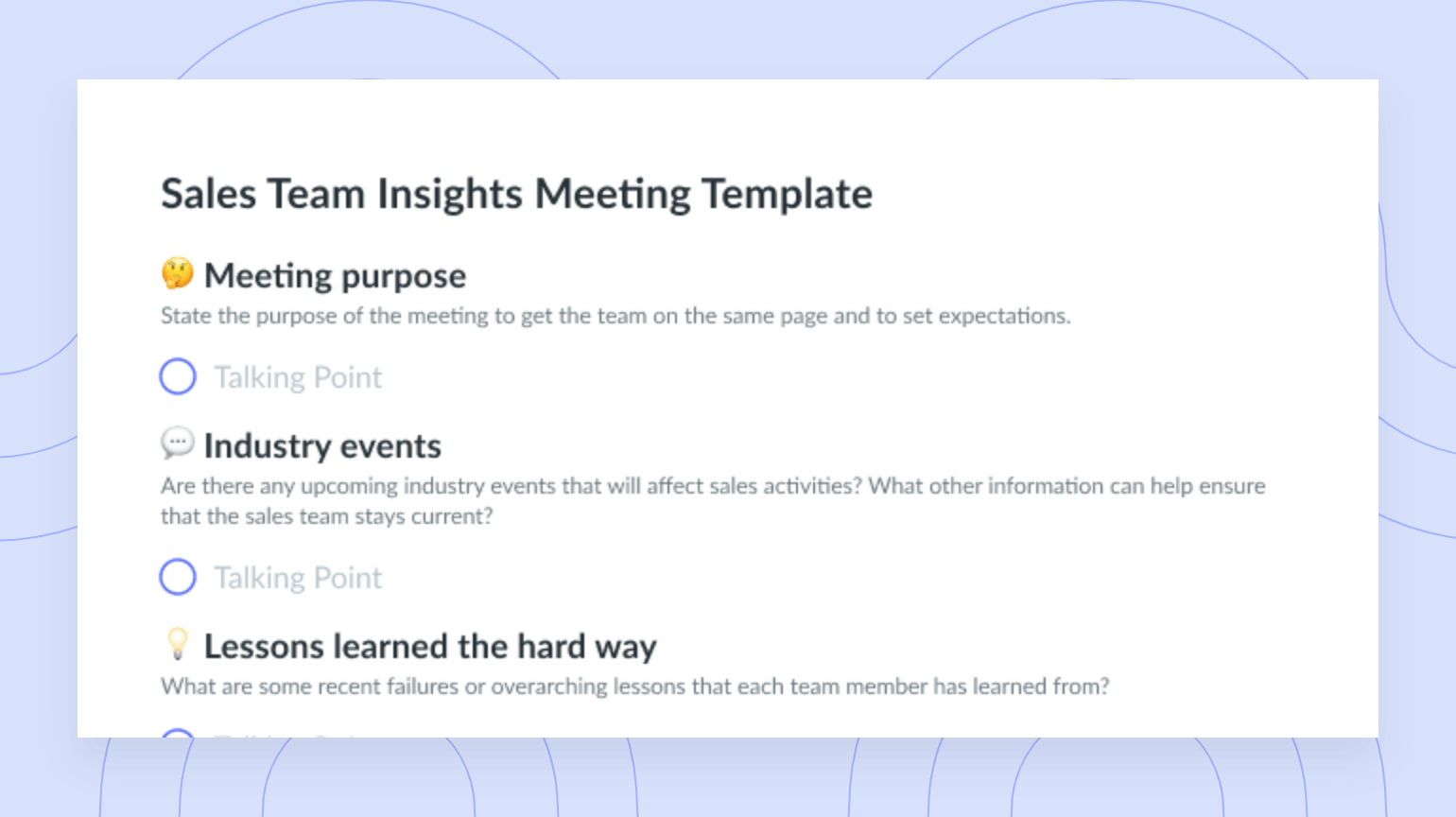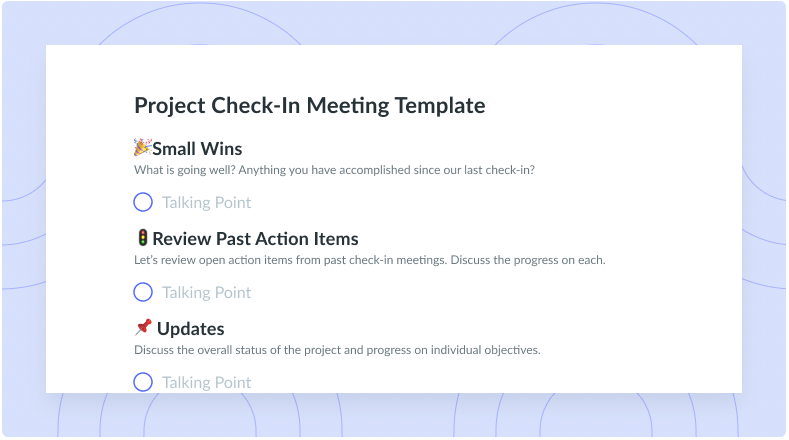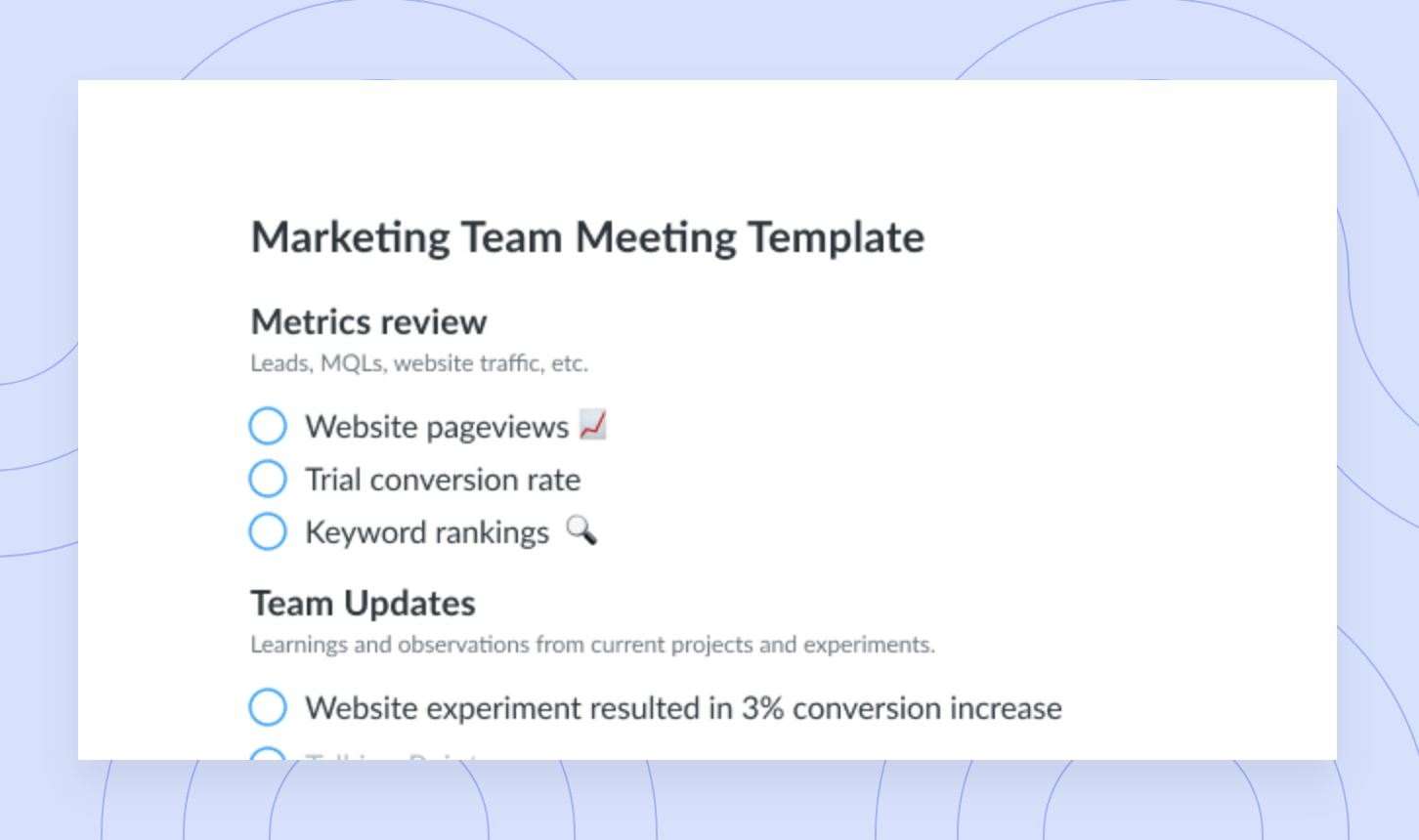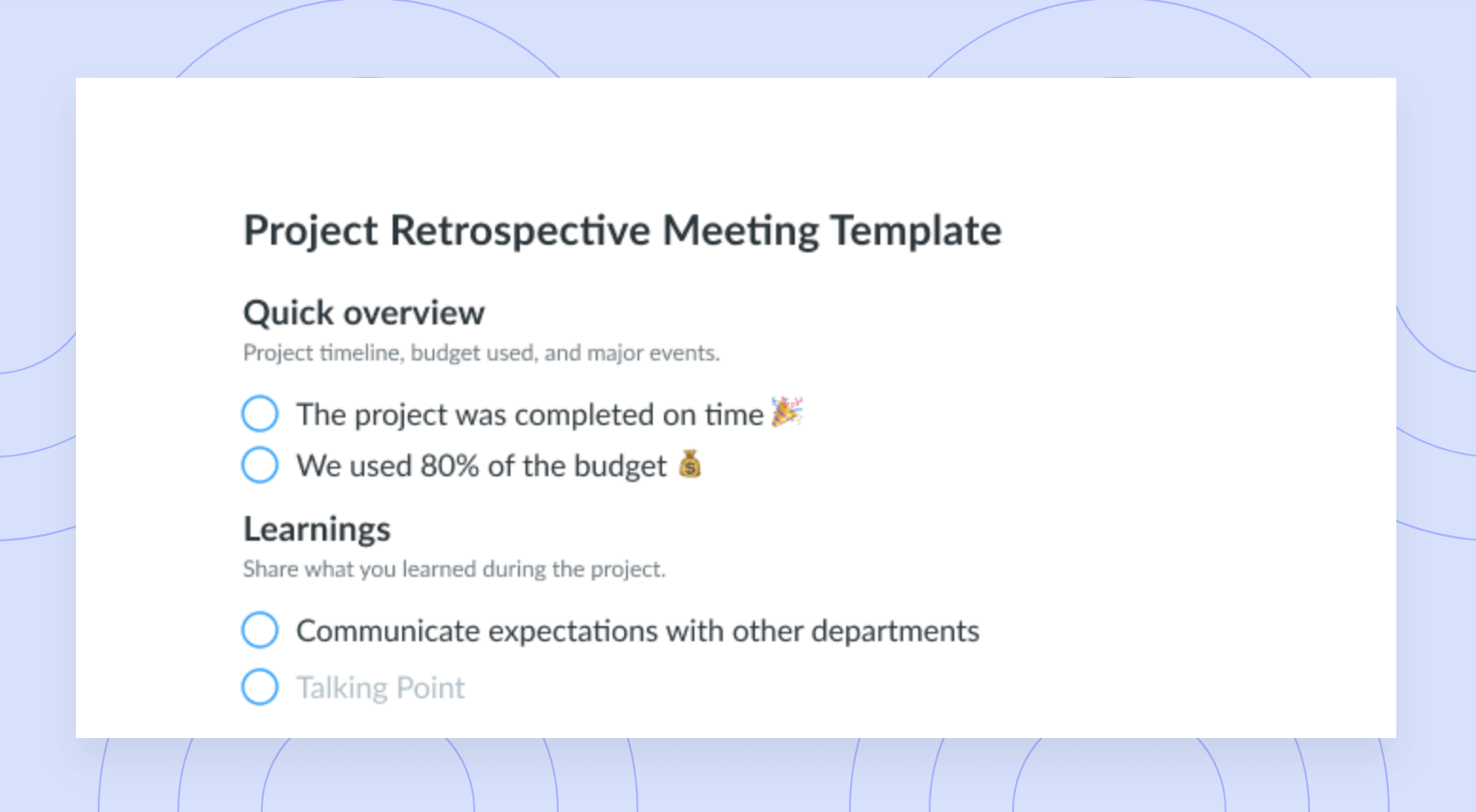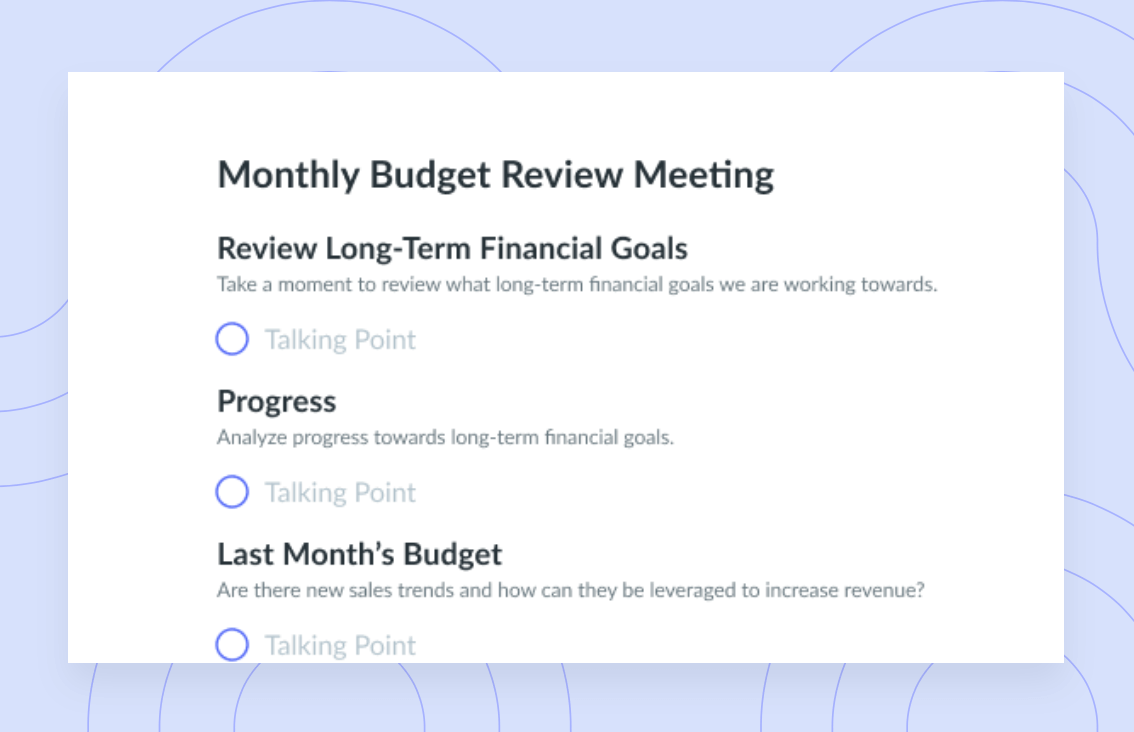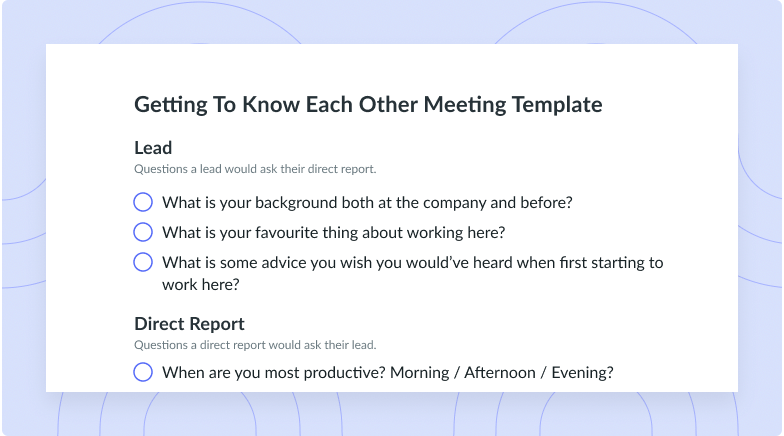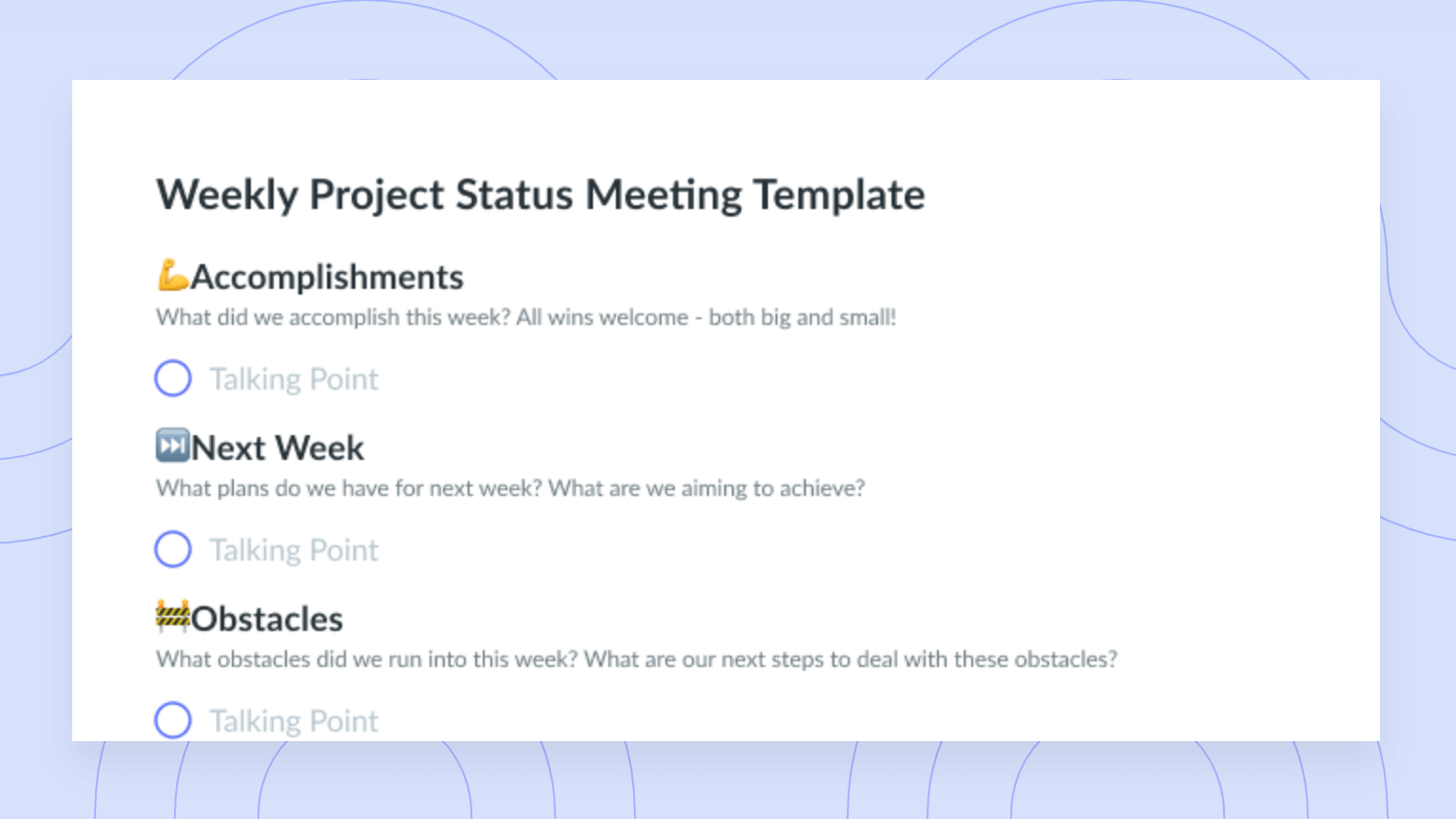New CEO’s Guide: How to Successfully Transition to a CEO
Learn everything you need to know to successfully transition into your role as a new CEO, including 4 important roles of a CEO.
If you’re a new chief executive officer (CEO), chances are you’re looking for ways to hit the ground running. Transitioning to becoming a CEO requires a combination of relevant experience, exceptional leadership skills, and possessing a growth mindset. We’re here to tell you that there isn’t a simple solution or step-by-step guide to adapting to the role. Instead, you must commit to continuous learning and self-improvement. In addition to embracing a growth mindset, there are several tips and tricks you can leverage to make your transition as smooth as possible. Keep reading to learn more!
The role of a CEO
1Makes major decisions
As a CEO, you’ll be responsible for making strategic decisions that will shape the future of your organization. As a result, you must be an effective decision maker. Being an effective decision maker will equip you with what you need to navigate through turbulent times and complex business situations while identifying opportunities and mitigating risks. By making sound and timely decisions, you’ll inspire confidence among stakeholders and employees while moving your organization forward.
2Manages operations
As a CEO, you’ll wear many hats, including that of the operations manager. In addition to being a key decision maker, you’ll be responsible for overseeing the strategic direction of your organization while ensuring the effective execution of business operations. To ensure operations are running smoothly, you may leverage a variety of tactics such as monitoring key performance indicators, analyzing data, and making decisions backed by concrete data that help drive operational efficiency.

Run efficient meetings, come to a decision, and get back to work
Level up your meeting habits to boost engagement and productivity with a collaborative meeting agenda. Try a tool like Fellow!

3Remains accountable
As the highest executive in your organization, you will be entrusted with significant decision-making power meaning you must remain accountable for upholding the integrity of your organization by always making decisions that are best for your organization. By holding yourself accountable, you will foster a culture of transparency and responsibility. Leading by example will encourage those around you to do the same.
4Sets company objectives
As a CEO, you’ll play a significant role in defining the strategic direction of your organization. In tandem with other executives, you will be responsible for establishing clear objectives and key results (OKRs) that align with the overall mission and vision of your organization. In addition to acting as a North Star, these objectives will provide a roadmap for the entire organization while guiding decision making. When creating goals for your organization, it’s important to follow the SMART framework, ensuring that all goals are specific, measurable, attainable, realistic, and timely.
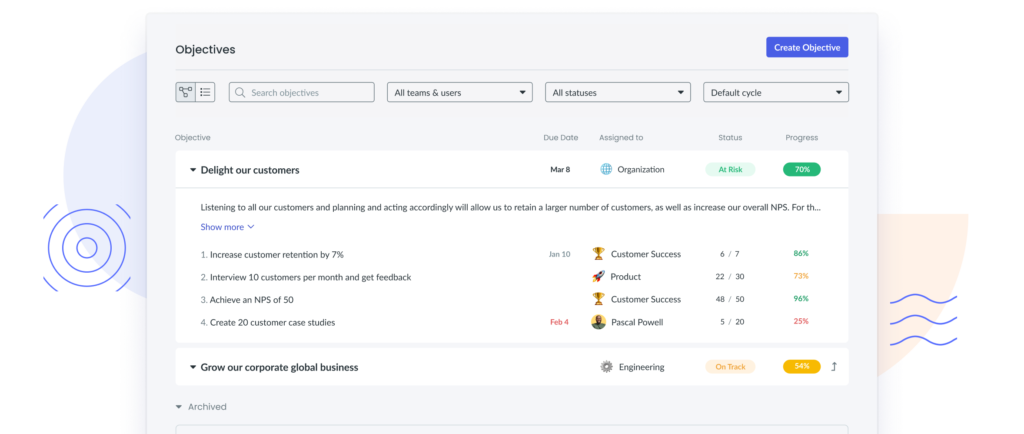
How to successfully transition to a CEO
- Make a good first impression
- Build a relationship with your team members
- Be confident in your abilities
- Set clear expectations
- Be specific about your intentions
- Don’t make things about you
- Establish clear boundaries
- Focus on tasks with high ROIs
- Find a balanced pace
1Make a good first impression
As a CEO, it’s your job to lead your company with conviction. As a result, you must inspire confidence. Not only is it important to establish yourself as a charismatic leader, but it’s also important to make a lasting first impression on your peers. When you make a good first impression, it energizes and motivates employees, leading to a happier and healthier workplace. Employees who are engaged and motivated are more likely to collaborate and commit to their work, which can significantly impact your organization’s performance, culture, and bottom line.
2Build a relationship with your team members
Every successful CEO is stellar at relationship building. When transitioning into any leadership role, it’s important to prioritize relationship-building from the start. This means taking the time to get to know all key stakeholders through meaningful one-on-one meetings. Having a specific tool for your one-on-one meetings is essential because it helps you stay organized and on track while providing you with a central location to document decisions and action items. Other benefits of choosing a specific meeting tool to improve your one-on-one meetings include staying organized, showing up prepared, saving time, and exchanging feedback.
Fellow empowers executives like yourself to optimize one-on-one meetings by making it possible for leaders, managers, direct reports, and peers to collaborate on meeting agendas, assign action items, get suggested conversation topics, and exchange feedback. Learn more about Fellow’s one-on-one meeting feature.
Plus, Fellow has 500+ free meeting agenda templates, including templates for your 1:1 meetings.
3Be confident in your abilities
Confidence is key, especially when it comes time to step into a new role. It’s normal to feel a little jittery when leveling up in your career, but what’s most important is remaining cool, calm, collected, and confident. You got to where you are because you deserve to be there. You’ve worked hard to get to this point, and you deserve to feel good about it. To quote Forbes directly:
“Know that there is a learning curve, and have faith that your knowledge of the business and your proactiveness will get you through it. Confidence is a major contributor to success here—know that you have the experience to get this right and trust your instincts.”
4Set clear expectations
As an incoming CEO, it’s essential to be transparent by setting clear expectations right out of the gate. Setting clear expectations will provide employees with a framework that helps them understand their roles, responsibilities, and objectives within the organization. Not only this but setting clear expectations will also help employees understand what they can expect from you. Those within your organization must know exactly what to expect when it comes to your leadership style and your vision for the organization. Being transparent about these details will help foster alignment and synergy.
5Be specific about your intentions
Nothing is worse than a CEO who isn’t honest and upfront. If you plan to cut underachievers, be open about it. If you plan to double down on marketing in an attempt to gain a greater market share, let your employees in on your plan. Not letting your employees and peers in on your intentions may lead to misalignment and the spread of misinformation. If you want to control the narrative, you must be specific about your intentions. Being specific about your intentions as a CEO will provide clarity, enable effective planning and decision-making, and facilitate better communication.
6Don’t make things about you
As a CEO, your main prerogative should be empowering those around you. It’s your job to make sure every person in your organization is empowered and equipped to do their best work. This means fostering a positive work environment that puts each of your employees in a position to thrive. Many CEOs forget that their employees are what moves the needle, often taking credit for their success or failing to recognize their contributions. If your company has achieved something big, make sure you recognize everyone that contributed. As a CEO, you should never make things about you.
7Establish clear boundaries
Establishing clear boundaries as a CEO is important for several reasons, including promoting effective delegation and work-life balance, empowering employees, and managing stakeholder expectations. To maximize your impact as a leader, you must set clear boundaries for both yourself and your employees. Failing to establish clear boundaries as a CEO won’t only impact your ability to succeed within your role, but it will also negatively impact those around you. By setting clear expectations and boundaries, stakeholders will know what to expect from you and your employees will have the framework they need to work autonomously and take ownership of their responsibilities.
8Focus on tasks with high ROIs
There’s never a shortage of work for CEOs, which means it can be difficult to learn where to expend your resources. Constant conflicting priorities may make it tricky to identify where you should be expending your energy, so it’s important to step back and identify the tasks with the highest return on investment (ROI). Focusing on the tasks with the highest ROI means you’ll be able to maximize your impact while ensuring your efforts and resources are dedicated to areas that will deliver significant value.
9Find a balanced pace
It’s normal to want to be everywhere when transitioning into a leadership role, but it’s not realistic. While it may take some time, it’s important to strike the perfect balance between moving too fast and too slow. Finding a harmonious rhythm will allow you to navigate the complexities of your new role so you can lead your organization with agility and resilience.
Are you ready to be the best new CEO you can be?
Stepping into any role can be challenging, let alone leading a company as a new CEO. It’s important to remember that nothing happens overnight. You will fail or hit roadblocks occasionally, but it’s important to remain positive and take your new role one day at a time. Embracing a growth mindset and prioritizing personal and professional growth will be all you need to get started as a new CEO. Keeping an open mind and relying on your prior experience will serve you well as you transition into your role as a new CEO.





![The 5/25 Rule: How to Apply It [+ Example]](https://fellow.app/wp-content/uploads/2023/05/The-525-Rule2.jpg)
![How to Conduct a Successful Listening Tour [+ Example Questions]](https://fellow.app/wp-content/uploads/2022/03/listening-tour.jpg)

![Hosting 1:1s as a CEO: 9 Best Practices [+ Free Templates]](https://fellow.app/wp-content/uploads/2023/01/Hosting-one-on-ones-as-a-CEO.jpg)
